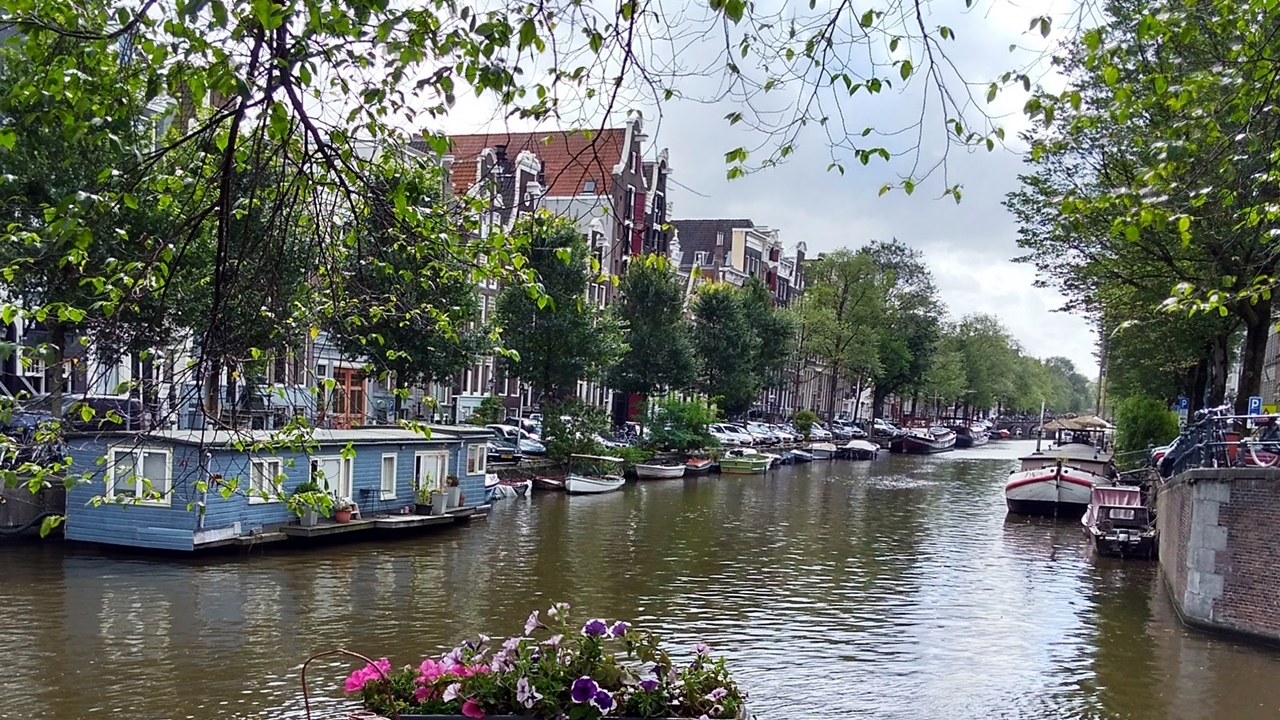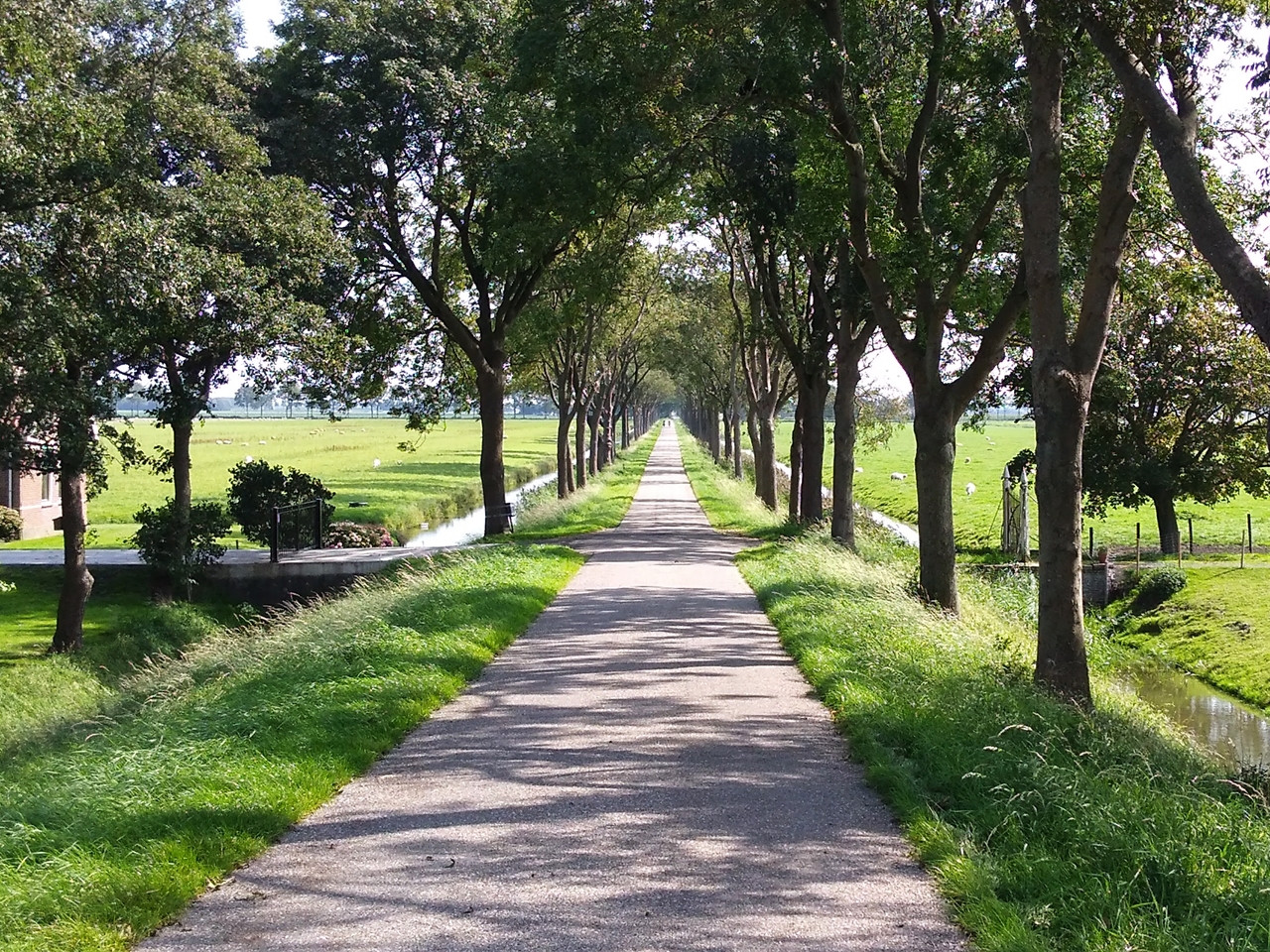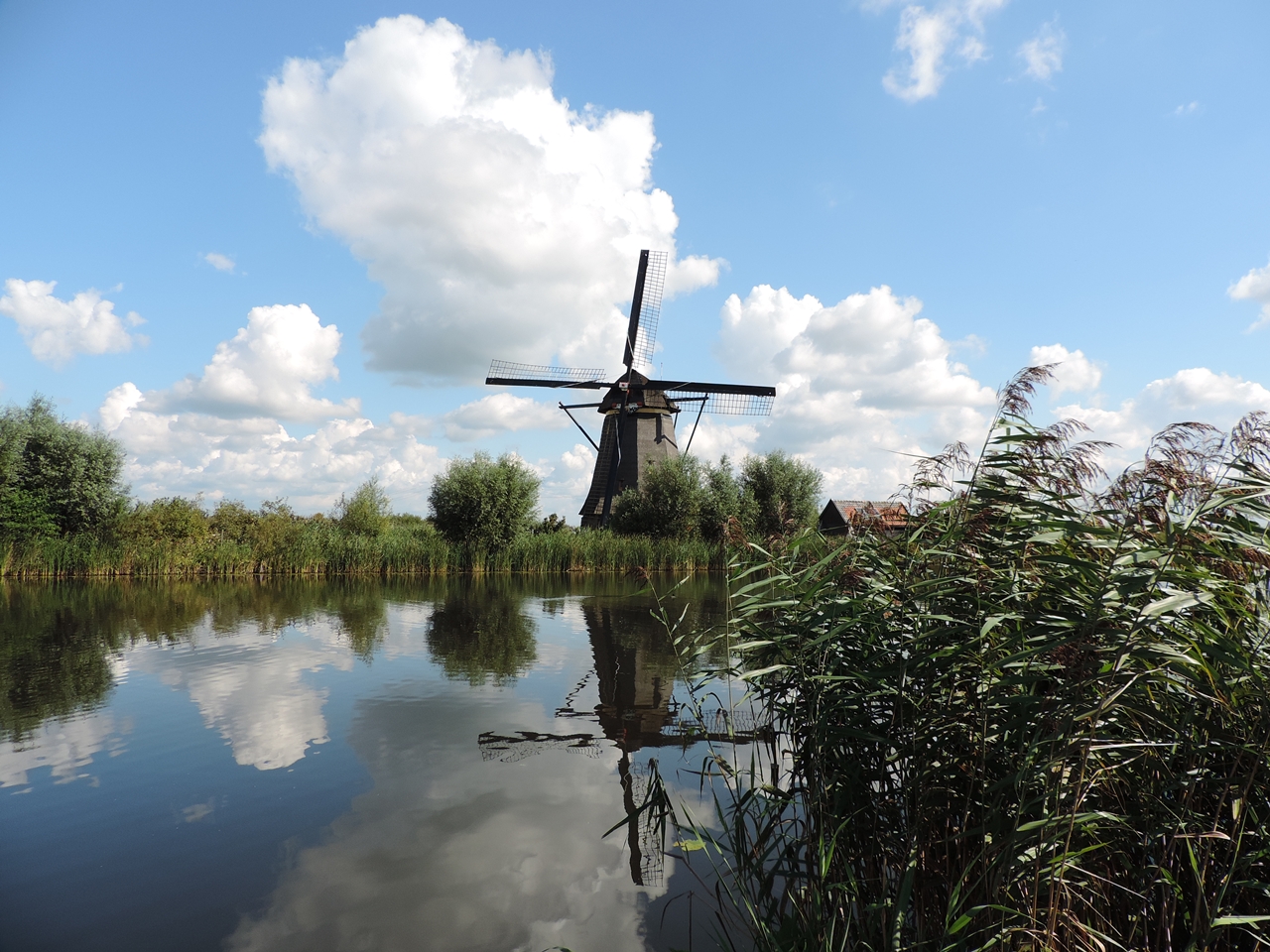The canals of Amsterdam – or the grachten, rather, as they are called in Dutch – are an amazing sight and I love walking around Amsterdam trying to find the nicest houses and details.
Tag: The Netherlands
The Beemster Polder
The Beemster Polder is one of those UNESCO World Heritage Sites that you could easily visit without realising its special status and I am happy to say that I, for… Read More
The Windmills at Kinderdijk
Whenever I think of the Netherlands, the first image that comes to my mind is of flat, green country, divided by countless canals and dotted with windmills. In truth, there are only a few places left where you actually have an abundance of windmills, and one of them is the World Heritage Site Kinderdijk.



